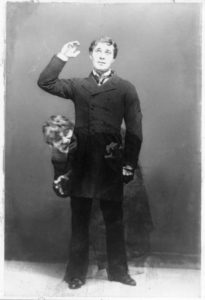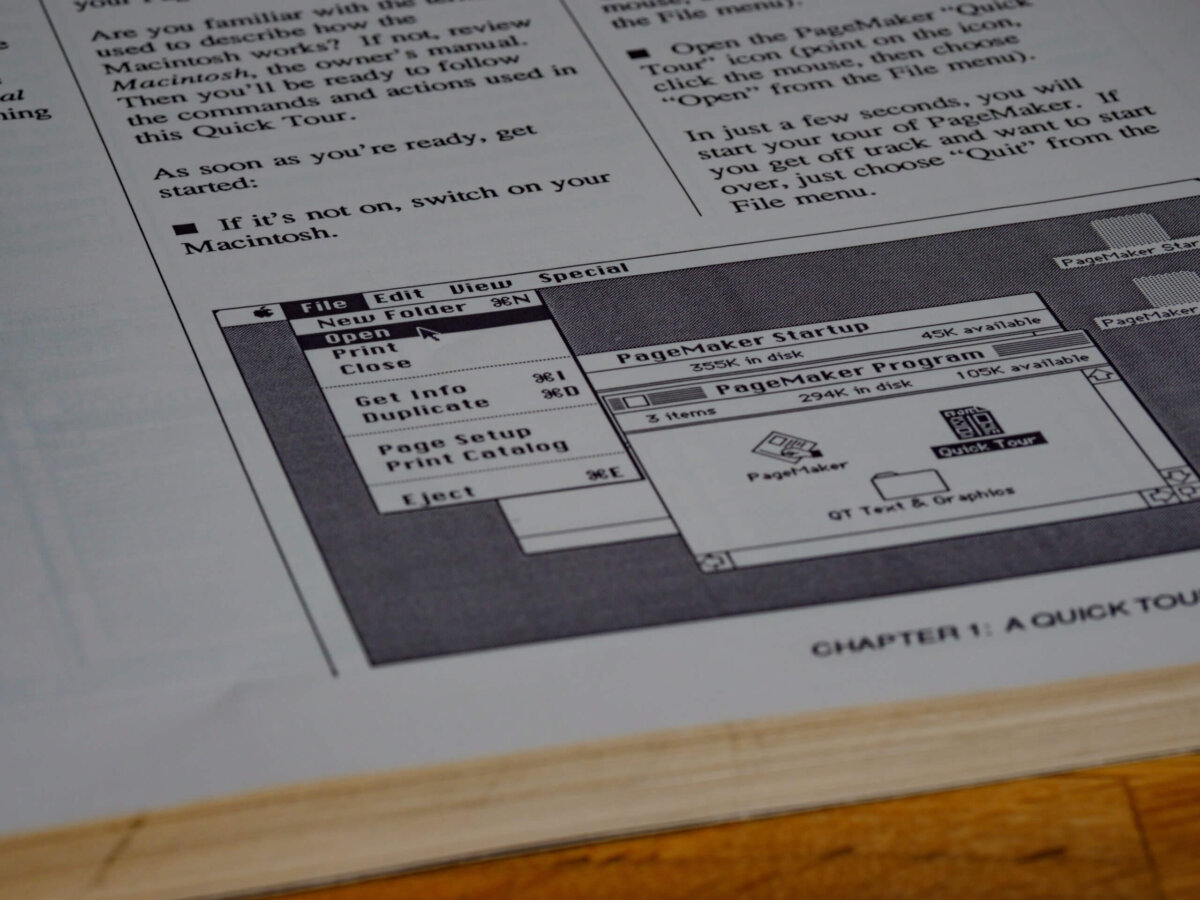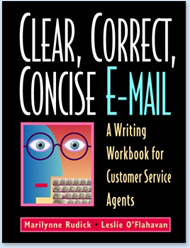 If your company’s advertising makes your product sound fun, practical or hip and your customer service emails, chats or tweets sound scoldy or legalistic, you’ve got a problem. It’s not good for your company to use one voice when it’s trying to make a sale and another when it’s trying to solve a customer’s a problem. It’s time to stop Jekyll-and-Hyde-ing your customers and start writing in the same brand voice Marketing uses, or one that’s pretty close. It makes customers harder to handle when Customer Service sounds completely different from the brand or product they fell in love with when they opened their wallets.
If your company’s advertising makes your product sound fun, practical or hip and your customer service emails, chats or tweets sound scoldy or legalistic, you’ve got a problem. It’s not good for your company to use one voice when it’s trying to make a sale and another when it’s trying to solve a customer’s a problem. It’s time to stop Jekyll-and-Hyde-ing your customers and start writing in the same brand voice Marketing uses, or one that’s pretty close. It makes customers harder to handle when Customer Service sounds completely different from the brand or product they fell in love with when they opened their wallets.
For lots of reasons, getting Customer Service agents to write in your company’s brand voice won’t be easy, but it is doable. Here are three things you can do to enable your Customer Service team to use a brand voice that builds rapport with your company and gives customers a seamless experience.
1. Find and read your company’s Brand Book.
Most companies have a Brand Book, but most Customer Service teams have never seen it. The Brand Book, usually developed by the Marketing team, contains the officially agreed-upon brand standards, such as brand personality, logo and tagline, color palette, and typeface.
Most Brand Books also include detailed advice about tone of voice, and some offer a list of words that do or don’t align with the brand. This type of advice is golden for the Customer Service teams. For example, Skype’s Brand Book has a Words We Like/Words We Don’t Like page. Skype likes share and calls. They don’t like telephony and peer-to-peer. So when your customer service agents are responding to customers in email, chat, or social, the Brand Book can provide practical, approved guidance about which words or terms support the brand. The Brand Book usually gives you the permission you’ve wanted to adopt a personal, friendly customer service writing style.
(Want to look at a few Brand Books? I’ve posted a Brand Book resource list, which includes examples from big companies such as United Way, Adobe, and more.)
2. Update your template library.
Yes, I know your template library has been on your to-do list for a long time. I know the library contains templates that are out of date, unused, even just plain wrong. I know that, when it comes to your template library, brand voice may be the least of your worries. But still. Your Customer Service team is alienating customers if agents’ emails sound like they were written by a bored lawyer while your company’s marketing sounds like it’s coming from a hip friend.
To give your template library a brand voice update, start small. Choose the 10 templates that get the most use. (You probably know which ones these are.) Identify any glaring gaps between the brand voice used in your templates and the one described in your Brand Book.
For example, let’s imagine that your company’s Brand Book describes your tone of voice this way: We use a friendly, welcoming, and flexible tone of voice. However, your template library includes this gem: Customers are only allowed to purchase one item per size range (i.e. Grade School, Pre-School, Toddler, or Infant). There will be no exception to our policy. All orders that violate our policy will be cancelled.
You have some work to do. Remember, your customer’s experience with your company began long before she emailed your contact center to ask if she can purchase three t-shirts in Toddler size. She fell in love with your company (or at least in like), and she’s showing it by caring enough to ask for an exception instead of taking her business elsewhere. So if you want your customer to have a consistent, reasonable experience with your company, one that exploits the good feelings she has for your brand, you’ll need to update that template. You don’t have to change your policy, but you do have to find friendly, welcoming, and flexible words to describe it. Here’s how the revised template might sound: We’re glad you love our outfits, but please remember that you can only purchase one item per size range (Grade School, Pre-School, Toddler, or Infant). We’ll have to cancel any orders for more than one item per size range, and we really don’t want to cancel any orders!
3. Give agents permission to loosen up.
Most of the time, a company’s brand voice is friendlier and more casual than the voice Customer Service is using. For example, your company’s email blasts begin Hey there, Are you looking for a great deal on tires before the snow and ice set in? but your customer service emails start Dear Mr. Smith, We have received your inquiry about the warranty on the tires you purchased from us in August 2016…
Because they’ve grown accustomed to using this formal voice, you’ll have to convince agents to loosen up. You’ll have to reassure them that brand voice writing isn’t less professional than the style they’ve been using. If you want them to use contractions, for example, you’ll have to remind them that practice this is OK. Telling them once will not—I mean won’t—be enough.
In my writing training courses for Customer Service teams, I’ve had to convince agents that their brand voice would allow them to use:
- Thanks instead of Thank You
- I’m sorry instead of We regret any inconvenience this may have caused
- Hi Susan instead Dear Ms. Jones
- Check out our FAQs instead of For future reference, please review our FAQs
You may be quite surprised at how fiercely agents resist a more candid and casual brand voice and defend the stuffy style they are used to. After all, that formal style is protective. It creates a distance between the agent and the customer that’s comfortable for agents when they have to tell a customer No, we can’t do what you’re asking and we never will. Also, many agents perceive that a formal voice is more dignified and more emphatic. They may fear that a friendly tone will make them seem weak or uncertain. To relieve this fear, remind agents that giving customers a consistent experience makes them easier, not more difficult, to handle. Remind them that you’re asking them to write in your company’s brand voice, not their own voice.
You may never be able to close the glamor gap between the Marketing team and the Customer Service team. Marketing has the hipster eyeglasses and the ironic facial hair. Customer Service has the standing desks and the gift card incentive programs. But you should try to close the brand voice gap. We need to sound like we are all from one company.
This piece was originally published as part of the “Tough Talk” article series by Relate, where I’m honored to be a guest author.
Tags: Brand Voice, Customer service, Customer service e-mail, Writing, Writing resources






0 Comments